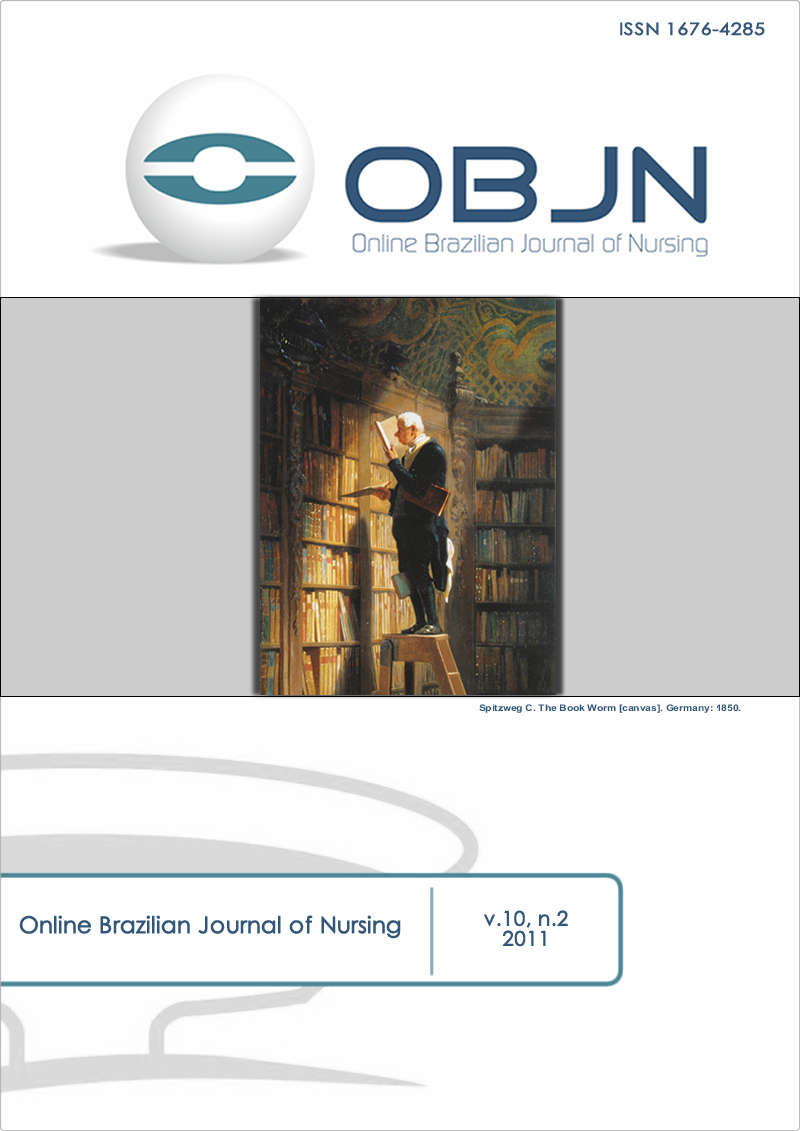Resumo
Estudo de abordagem qualitativa, do tipo descritivo, a ser desenvolvido em um Centro de Terapia Intensiva (CTI) de um Hospital Universitário de grande porte situado no Estado do Rio de Janeiro, tendo a equipe de enfermagem que atua no cuidado ao paciente crítico em uso de terapia intravenosa (TIV) central contínua como sujeitos. Objetivos: Identificar as tecnologias em saúde disponíveis para uso durante a TIV central contínua no CTI, verificar a utilização dessas tecnologias pela equipe de enfermagem no cuidado às TIVs centrais contínuas instaladas nos pacientes internados no CTI e discutir as facilidades e dificuldades no uso das tecnologias durante a TIV central contínua. Pretende-se permitir ao profissional de Enfermagem estabelecer prioridades durante sua prática, minimizar desperdícios, evitar o (re) trabalho e fortalecer a qualidade assistencial.
Descritores: Infusões intravenosas, Infusões parenterais, Efeitos adversos.
Referências
Martins MJ, Pecinalli NR, Sixel PJ. Cálculos de Gotejamento: validade das fórmulas e comparação de equipos. R. Enferm UERJ. 2003; 11(2):133-8.
Dopico LS, Oliveira FT. Recomendaciones para el empleo de solución salina 0,9% em cateteres venosos periféricos. Enfermería Global. [periódico na Internet] 2007; [citado 2010 Nov 09]; 6(11):1-9. Disponível em: http://revistas.um.es/eglobal/article/view/427/513
Martins TSS, Silvino ZR, Dias LS. Profile of intravenous therapy in a pediatric university hospital and association with the occurrence of infusion failures: quantitative study Online Braz J Nurs [serial on the Internet]. 2010, 9(2). Retrieved 2010-11-29, from: http://www.objnursing.uff.br/index.php/nursing/article/view/j.1676-4285.2010.3067/html_146

